Getting Ready for Rosetta to Unlock a Comet’s Secrets
The lander will hopefully reveal new truths about what the icy objects actually are
Sometime in November, if all goes well, astronomers will fulfill a dream that humankind has had ever since we first marveled at one of those impetuous dots of light with a long tail streaking across the night sky. They will catch a comet. The Rosetta spacecraft, launched in 2004 by the European Space Agency, will have closed in on Comet 67P/Churyumov-Gerasimenko after looping more than 3.7 billion miles through our solar system. It will deploy a 220-pound lander that will fire thrusters and alight on the comet’s surface. A sampling device will drill down more than nine inches and collect material from the 2 1/2-mile-wide icy dust ball for on-site chemical analysis. An imaging system will take pictures. The data, to be gathered over the course of at least three months, will be transmitted back to Rosetta and then to receiving stations on Earth, where astronomers hope the information will yield new insights into the origins of the solar system itself. That’s because comet cores, unlike planet cores, have changed very little in the last 4.5 billion years and still hold in their icy depths the chemical fingerprints of the solar system’s birth. The lander, named Philae, will remain on the comet after the mission ends, but, says ESA’s Matt Taylor, no one knows how long the machine will survive. Rosetta, the first spacecraft propelled through deep space on solar power alone, will cease operating in early 2016. As it passes the 418 million-mile mark from the Sun, its solar panels will no longer be able to capture enough energy to run its instruments.
/https://tf-cmsv2-smithsonianmag-media.s3.amazonaws.com/accounts/headshot/erica-hendry-240.jpg)
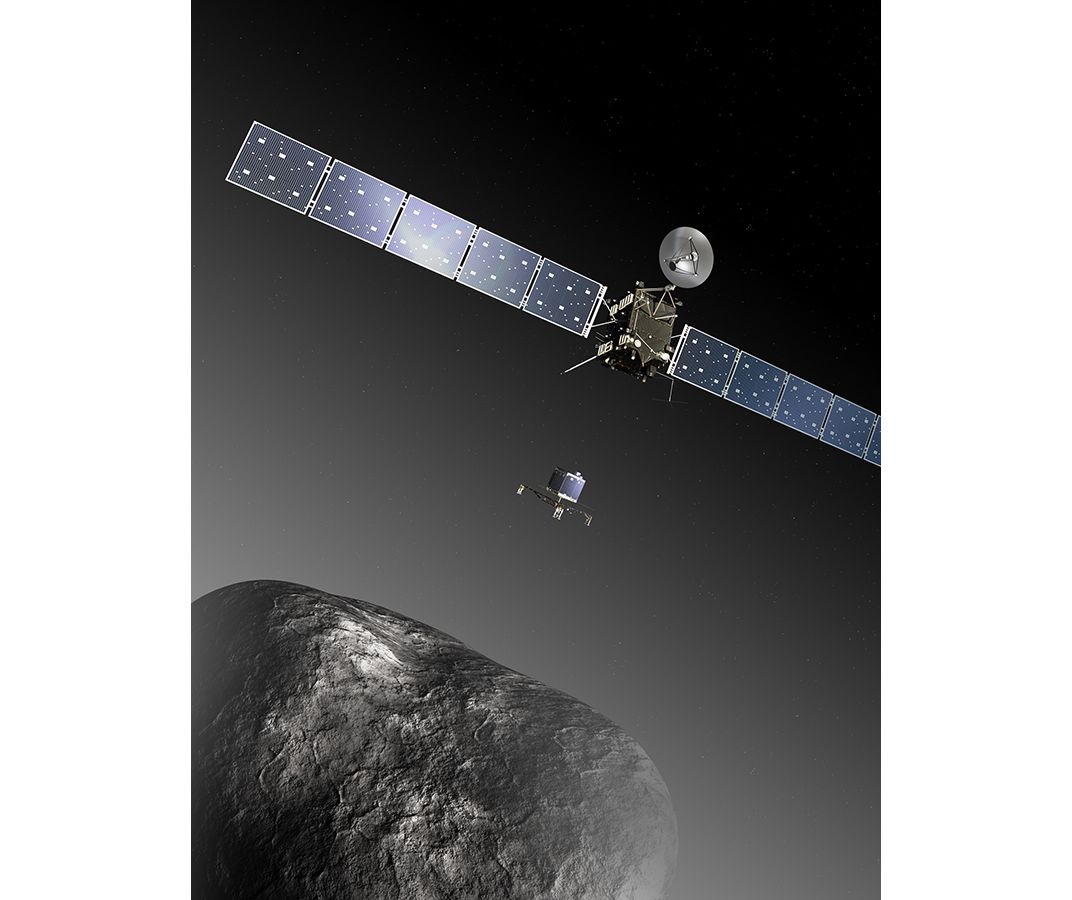
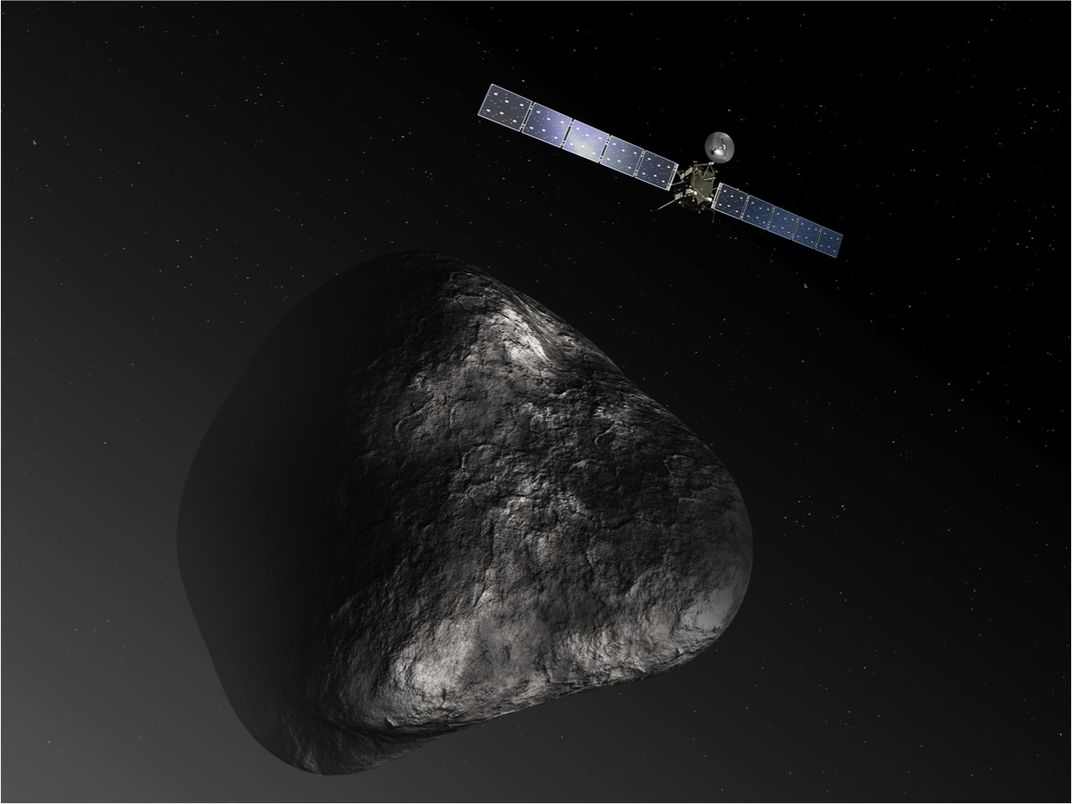
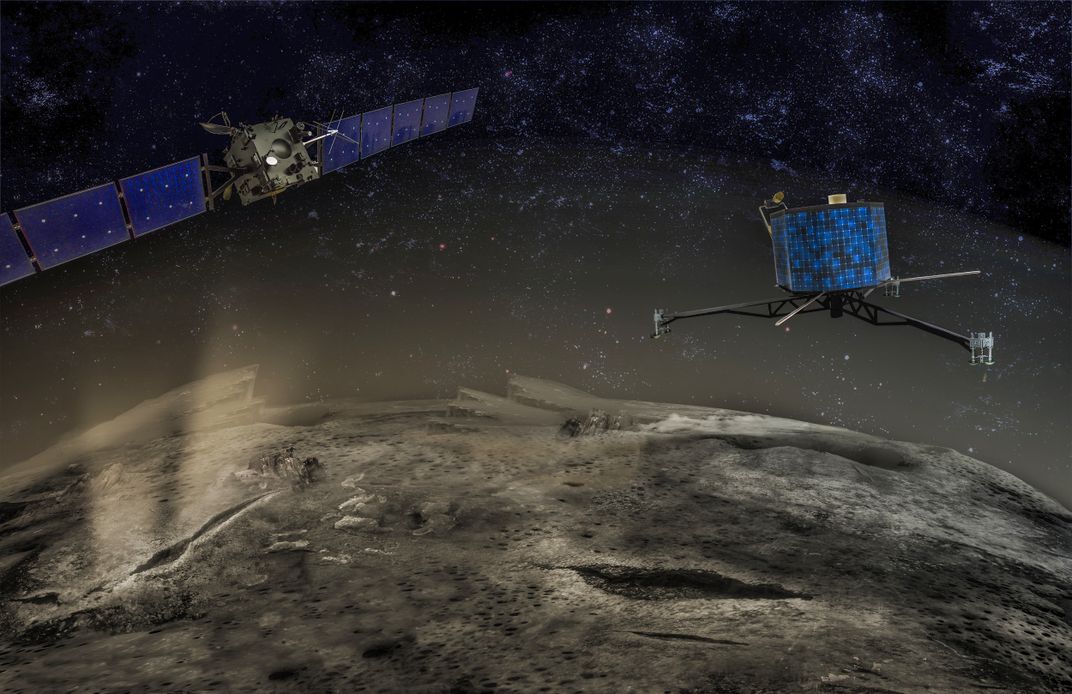
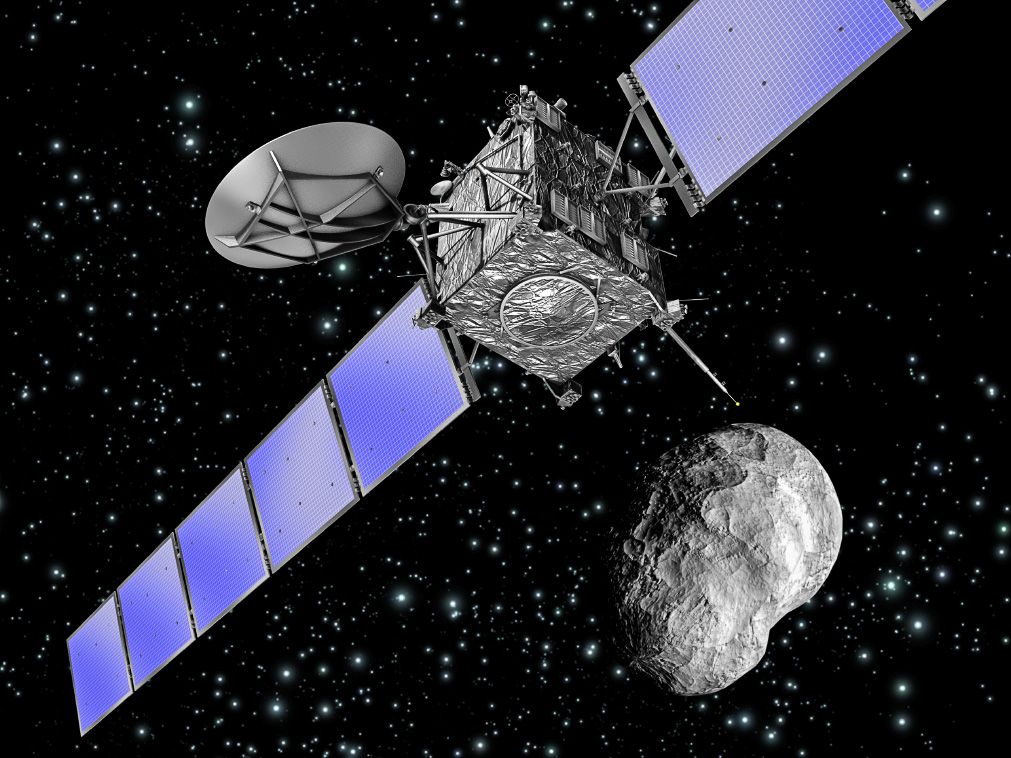
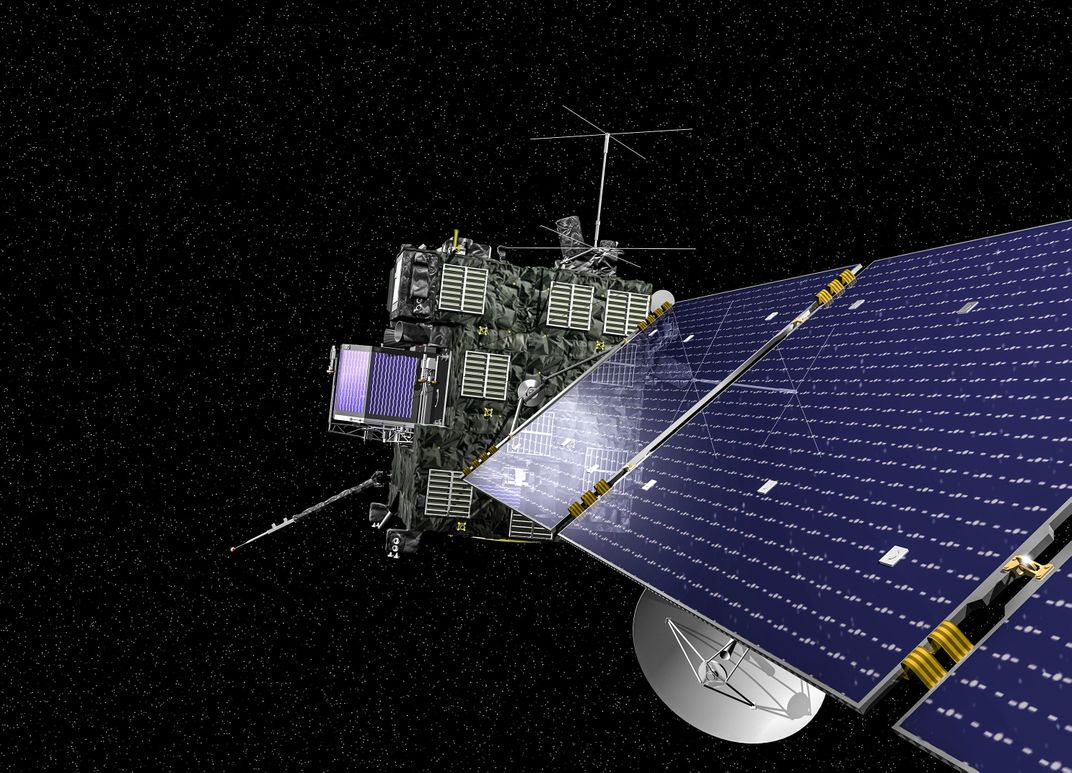
/https://tf-cmsv2-smithsonianmag-media.s3.amazonaws.com/accounts/headshot/erica-hendry-240.jpg)